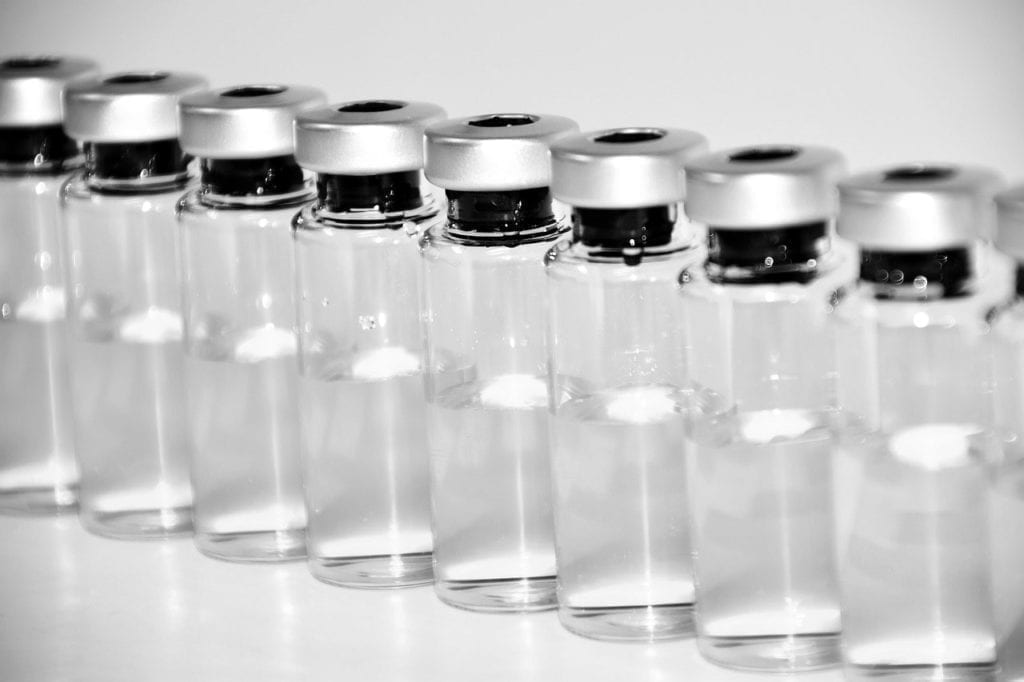While extremely rare, it is important to be prepared in case of vaccine-induced immune thrombocytopenia and thrombosis (VITT). This condition only occurs in 14.2 of every million COVID-19 vaccine doses, but it requires swift diagnosis and treatment. Luckily, the National Institute for Health and Care Excellence (NICE) has released guidance on how to handle VITT.
NICE Guidance
These guidelines are applicable if a patient begins experiencing the following symptoms anywhere from five to 30 days after receiving their jab:
- Severe, worsening headache that does not respond to common painkillers
- This headache may worsen when laying down or bending over
- It may also lead to seizures, nausea, vomiting, drowsiness, blurred vision, weakness, and difficulty with speech
- Inexplicable bleeding or pinprick bruising
- Persistent abdominal pain
- Shortness of breath
- Chest pain
- Swelling in the legs
If you notice these symptoms, your response must be immediate. Under the NICE guidelines, you should be referred to the emergency department (ED) unless you are not acutely ill. In this case, your doctor should perform a full blood count (only if the results will come back on the same day) and recommend the ED if you have a low platelet count.
Turning to secondary care, a coagulation screen should be performed if the patient is believed to have VITT. This includes a D-dimer measurement and fibrinogen assay through the use of an enzyme linked immunosorbent assay (ELISA) that is able to detect platelet factor 4 antibodies (PF4).
Once a diagnosis is confirmed, treatment should consist of surgical procedures to prevent thrombosis, non-heparin anticoagulation drugs, and IV immunoglobulin.
In the case that you do not receive a VITT diagnosis, your doctor should educate you on the condition so you know what to look for. You should also receive advice on what to do if your symptoms do not disappear or get better; this may include another full blood count.
About Immune Thrombocytopenia (ITP)
ITP is a rare blood disorder that is characterized by low numbers of platelets. Most bodies have a platelet count of around 150,000 to 450,000, while an ITP patient will have a platelet count under 100,000. This leads to symptoms like easy bruising, small red dots under the skin, heavy menstruation, nosebleeds, bleeding in the head, and blood in vomit, stool, or urine. These symptoms occur because the immune system mistakenly attacks and destroys platelets. Treatment options include:
- Steroids
- IVGG
- Platelet transfusion
- Rituxan
- Rh immune globulin
- N-plate
- Promacta
- Splenectomy
Find the source article here.








